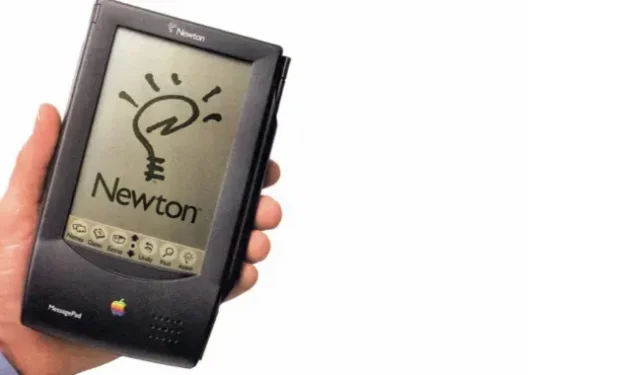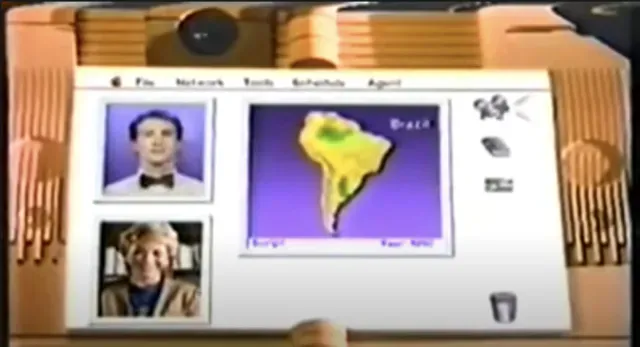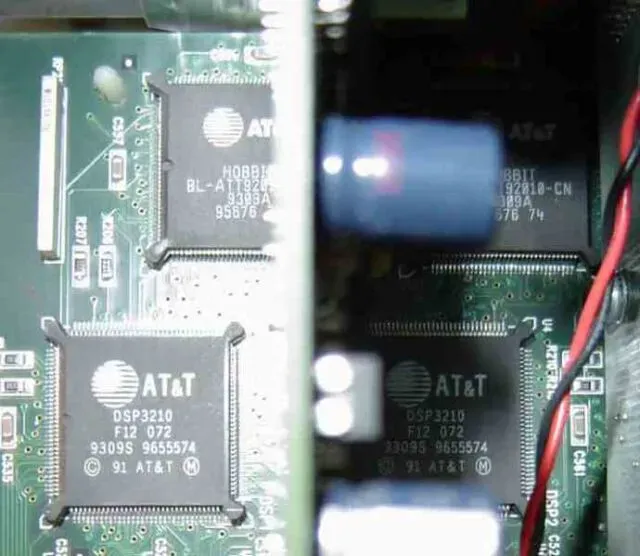Remembering Apple’s Newton 30 years later

Thirty years ago, on May 29, 1992, Apple announced its most innovative and revolutionary product, the Newton MessagePad. A year later it was released to great fanfare, but as a product it could only be described as a failure. Widely ridiculed in popular culture at the time, the Newton became the epitome of expensive but useless high-tech gadgets. Although the device improved significantly over time, it failed to gain market share and was discontinued in 1997. And although Newton failed, it inspired Apple engineers to create something better – and in some ways led to the creation of the iPad and iPhone.
Vision
Steve Jobs, co-founder of Apple in 1976, poached marketing guru John Scully from PepsiCo to become Apple’s new CEO in 1983. However, their relationship fell apart, and Jobs left Apple two years later after a bitter power struggle. Although Scully made Apple profitable by cutting costs and introducing new Macintosh models, he felt lost without the visionary founder of Apple. So when Apple employee Alan Kay stormed into Scully’s office and warned him that “we won’t have Xerox next time “(to borrow ideas), he took it seriously.

In 1986, Scully commissioned the team to produce two “high concept”videos for a new type of computing device that Apple might create in the future. These “Knowledge Navigator”commercials showed a foldable tablet-like device with a humanoid “virtual assistant”that interacted via voice instructions. While some ridiculed the impracticality of these sci-fi vignettes, they inspired Apple employees and made them think about the future of computers.
Meanwhile, Apple engineer Steve Sakoman got bored after the launch of the Macintosh II. He wanted to make a portable device similar to the pioneering laptop he had built for Hewlett-Packard. To prevent him from leaving Apple, Vice President Jean-Louis Gasset allowed him to create the “skunkworks”project to fulfill his dream. But he didn’t want to just make a Macintosh laptop. He had a vision of a tablet-like device, about the size of a folded A4 sheet of paper, that could read human handwriting.
The dream starts to slip away
When the Newton project began in 1987, the technology to build such a device did not yet exist, so Sakoman contacted AT&T and hired the company to develop a low-power version of his CRISP processor, which became known as the AT&T Hobbit.
Unfortunately, the hobbit was not as agile and intelligent as his namesake. According to Apple Chief Scientist Larry Tesler, the processor was “riddled with bugs, poorly suited to our purposes, and costing too much”. Newton’s original design required three Hobbit processors to run, the cost to the end user was approaching $6,000, and the device would not be ready for at least five years. Handwriting recognition software, a key strength of the device, has also been slow to develop.
Development of the Newton stalled and Sakoman began to lose hope that it would ever be finished. In 1990, he left Apple with Gussie to found Be, Inc., which made its own desktop computers and the BeOS operating system.

At the same time, another “top secret”division of Apple was also working on unique portable devices and software, codenamed “Pocket Crystal”. Larry Tesler was asked to rate this team to see if they could replace Newton. Instead, he proposed spinning off Pocket Crystal into a separate company (which became General Magic) and refocusing the Newton project on new hardware and new management.
Leave a Reply